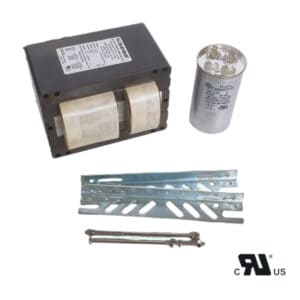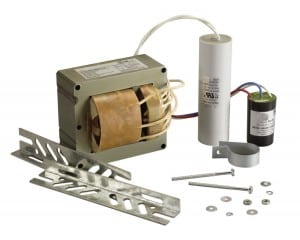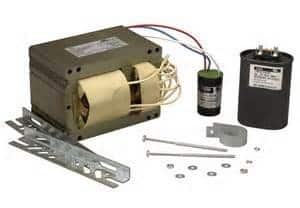Using a 400W HPS bulb on a 250W ballast is inefficient and dangerous. You will burn up bulbs and create electrical hazards. The solution is to use the right ballast for the wattage of the lamp.
No, you cannot use a 400W HPS bulb with a 250W ballast. If you do, you’ll have underpowered lighting, and you’ll risk damaging the bulb and the ballast.
Understanding the compatibility between HPS bulbs and ballasts is crucial.
How many lumens does a 400W HPS produce?
A 400W HPS (High-Pressure Sodium) bulb typically produces around 50,000 lumens, which makes it an efficient option for outdoor and industrial lighting. The high output makes this wattage popular for large areas requiring bright light.
Over time, the lumens may slightly decrease due to wear and usage, but this intensity is still much higher compared to other bulbs. HPS lights are known for their efficiency in providing a high amount of lumens per watt, which makes them ideal for applications such as streetlights, warehouse lighting, and horticulture.
How long does a 400W HPS bulb last?
On average, a 400W HPS bulb lasts between 24,000 to 30,000 hours, making it a durable choice for long-term lighting applications. However, the lifespan of the bulb can be affected by the ballast type and usage conditions.
If operated continuously, a bulb may last for several years. However, factors such as frequent switching on and off and operating with the wrong ballast can reduce its lifespan. Proper maintenance and pairing it with a compatible ballast will ensure optimal performance throughout its life.
Can you use a 250W HPS bulb with a 400W ballast?
Using a 250W HPS bulb on a 400W ballast is also not recommended. A 400W ballast will overpower the 250W bulb, which can lead to overheating, quick degradation of the bulb, and even potential safety hazards like electrical shorts or fires.
Overdriving a lower wattage bulb causes the internal components to stress, significantly shortening its lifespan. For optimal performance and safety, it’s important to match the ballast and bulb wattage accordingly, ensuring compatibility between the components.
Can you use a 400W bulb with a 600W ballast?
Technically, a 600W ballast can drive a 400W bulb, but this is not advisable. The overcurrent from the higher-rated ballast can cause the 400W bulb to burn too hot, shortening its lifespan, reducing efficiency, and potentially causing the bulb to fail prematurely.
In addition, overdriving a bulb with a higher-wattage ballast can lead to dangerous situations, including excessive heat buildup and fire risks. Always pair bulbs with the recommended ballast wattage for both performance and safety reasons.
Can you use a higher wattage ballast?
Using a higher wattage ballast than the bulb it’s powering is not safe. Ballasts are designed to regulate the power going to a specific wattage bulb. If a higher wattage ballast is used, it will send more power than the bulb is rated for, which can result in overheating, damage to the bulb, and even failure of the lighting system.
The correct wattage match ensures that the bulb receives the proper voltage and current to operate efficiently. Mismatching can lead to lower light quality, frequent burnout, or even dangerous malfunctions.
What are the disadvantages of a high-pressure sodium lamp?
While high-pressure sodium (HPS) lamps are widely used for their efficiency and long lifespan, they have some notable disadvantages. One of the main drawbacks is their poor color rendering. HPS lamps emit a yellowish light, which is not ideal for environments where accurate color perception is important, such as retail or residential areas.
Another disadvantage is the high heat output of HPS bulbs. They require substantial cooling, making them less energy-efficient in terms of heat management. Additionally, although they have a long lifespan, the lumen output tends to degrade over time, leading to dimmer lighting as the bulb ages. Moreover, the mercury content in HPS lamps raises environmental concerns regarding their disposal.
In conclusion, always match the bulb wattage and ballast wattage to have safe and efficient lighting.



